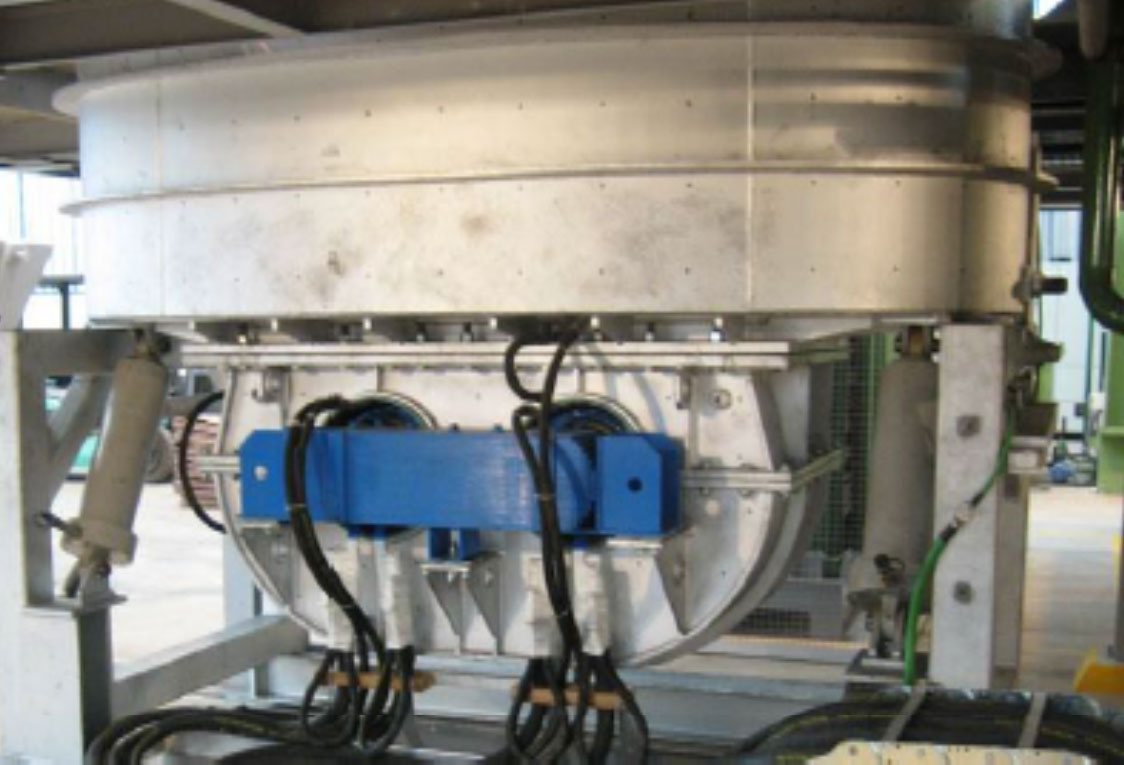Energy-efficient methods and means of electrotechnologies for the ultrapure copper smelting in domestic induction installations
New methods and means of mathematical modelling of induction melting processes of copper have been developed. They consist in simultaneous consideration of nonlinear properties of materials and features of three-dimensional geometry of elements of the electrotechnical complex. Means of mathematical modelling of three-dimensional inhomogeneous electromagnetic and thermal fields with strong interconnections, arising in the elements of the electrical complex in the process of induction melting of ultrapure copper and the manufacture of wire rod from it, have been developed. The problem of increasing the energy efficiency of domestic electrotechnologies of ultrapure copper smelting and increasing the life time of the electrical complex was solved. Result was achieved by finding the optimal modes of non-stationary power supply of the inductor at its initial starts and geometric characteristics of inductor coils and template for primary smelting to achieve minimum temperatures and gradients. Practical recommendations for improving the starting modes of the inductor of the complex and diagnosing and forecasting its operation at different stages of the technological process have been developed. The results of the study are of special value for domestic specialists, as they are aimed at increasing the competitiveness of domestic cable for ultra-high voltages and increasing the reliability of the power system of Ukraine. Recommendations for improving the energy efficiency and resource of the electrical complex of the technological line for induction smelting of ultrapure copper and the manufacture of wire rod at the plant "YUZHCABLE" (Kharkov). Electrical complexes, which will be built and modernized taking into account the results of research, due to the increased energy efficiency of their work and increased resource, guarantee the reliability and optimal operation in real production.

| Attachment | Size |
|---|---|
| 361.32 KB |




